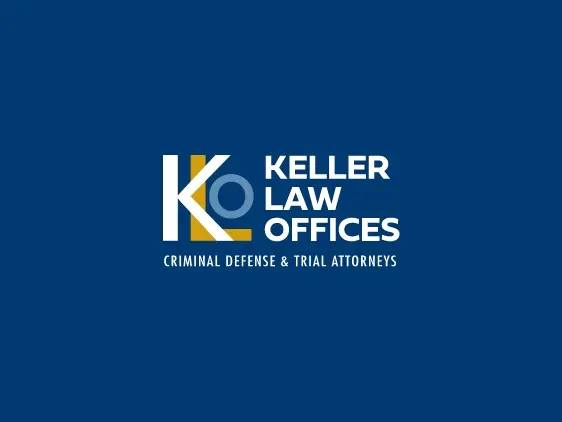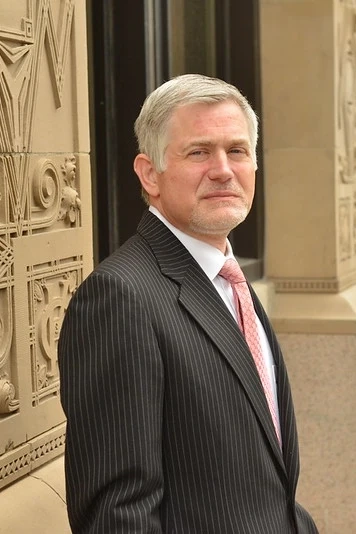The most significant changes in over 30 years to drug sentencing in Minnesota have gone into effect and will be used to determine the sentences of future drug offenders. The effect of the new laws will be closely monitored by legislators and law enforcement to determine whether lighter sentences and a renewed emphasis on treatment over incarceration helps reduce drug use within the state.
On This Page
Low-Level Offenders Catch a Break
The changes to the law are intended to reduce penalties and sentences for low-level, non-violent drug offenders. Indeed, the state is stepping up efforts to divert low-level offenders into treatment programs where their addictions may be addressed more effectively than possible within a correctional facility. Currently, there are 501 individuals in the state serving time for low-level possession of a controlled substance, however, the changes to the law are not retroactive and will not be used to release these individuals from prison.
Under the new guidelines, mandatory minimum sentences for third, fourth, and fifth degree possession have been eliminated. Further, fourth and fifth degree offenders are now eligible for conditional or early release. It is expected that conditions for early release will include provisions for offenders to successfully complete drug treatment programs.
Minnesota Funding Future Treatment Programs
It should be noted that the state is also increasing the number of Chemical Dependency beds within the state’s correctional facilities. The state is increasing funding for these beds by $750,000 in the coming year which will facilitate the installation of 70 new beds. Moreover, grants will be available to local police departments, jails, and non-profits who are seeking to initiate or expand their own Chemical Dependency Programs. So far, the state has earmarked $488,000 for this in 2017. This amount will drop slightly to $461,000 for every year following. It is hoped that the diversion to drug treatment programs will help the state save up to $12 million per year in incarceration costs.
Drug Treatment in Minnesota
Drug lawyers in Minneapolis should advise their clients about their drug treatment options. In Minnesota, drug treatment programs are required to provide counseling and education to clients that can help reduce the possibility of relapse. Successful completion of drug treatment requires clients to change their lifestyle and rely upon treatment programs that can help them address their addictions and get a second chance at life.






